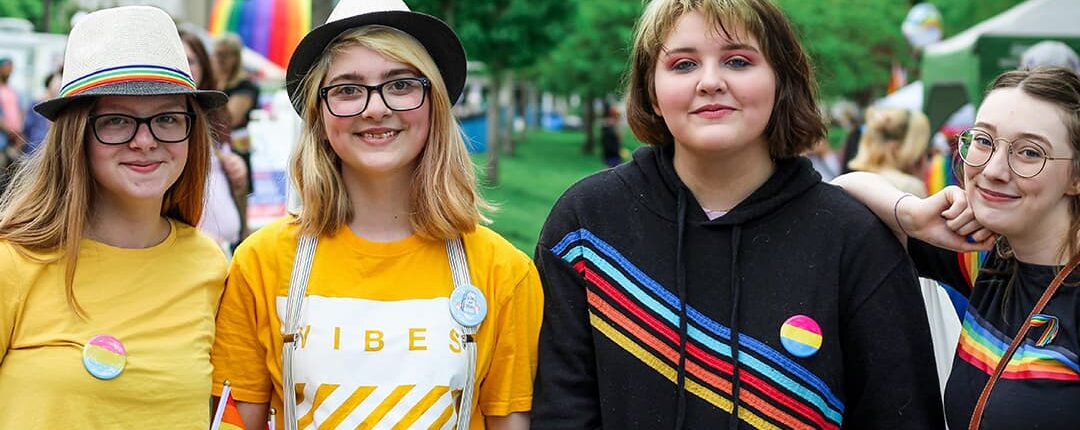The annual June celebration of Lesbian, Gay, Bisexual and Transgender Pride Month (LGBT Pride Month) commemorates the 1969 Stonewall Riots and promotes equal rights and opportunities for all lesbian, gay, bisexual, transgender and questioning sexuality, orientation or gender identity.
The Stonewall Uprising in New York City was a turning point in the gay rights movement in the United States. The last Sunday in June was first designated as “Gay Pride Day” in the United States, but the exact date was left to individual states. The “day” soon turned into a month-long series of events in major cities across the country.
Thousands of people from all over the world participate in LGBTQ Pride Month celebrations, which include everything from parades to picnics, parties, workshops, symposiums, and performances. Memorial services are held in honor of people who have died as a result of hate crimes or the spread of HIV/AIDS during this time of year.
Why it is important to support LGBTQ charities
Here are some sobering statistics that show why LGBTQ people need our help:
According to the latest statistics, LGBT people are still four times more likely to experience violence than their heterosexual counterparts. According to the FBI, hate crimes against LGBTQIA+ people, including police brutality, are on the rise in 2019.
In 2020, there were a record number of murders of transgender people, most of whom were black women. Transgender people face an increased risk of sexual violence, and 50% of transgender people report having experienced sexual violence at some point in their lives.
In the workplace, transgender people are often subject to discrimination and harassment: 90% of transgender people have experienced harassment, abuse or discrimination in their workplace; in addition, 53% of transgender people have been harassed in public places, such as bathrooms.
LGBTQIA+ people are more likely than heterosexuals to live in poverty. This is due to higher levels of discrimination in employment, housing discrimination, and denial of adequate healthcare services, all of which have been exacerbated by the COVID-19 pandemic.
People who identify as LGBTQIA+ are more likely to experience trauma than their heteronormative peers. LGBTQIA+ children who have been abandoned by their families because of their sexual orientation or gender identity make up 46% of the homeless LGBTQIA+ population; 43% of them have been kicked out of their homes by their parents, and 32% have experienced physical, emotional or sexual violence at home.
LGBTQIA+ people are disproportionately likely to attempt suicide throughout their lives, making it the leading cause of death among people aged 10 to 24. LGBTQIA+ youth are more than five times more likely to commit suicide than their heterosexual counterparts.
